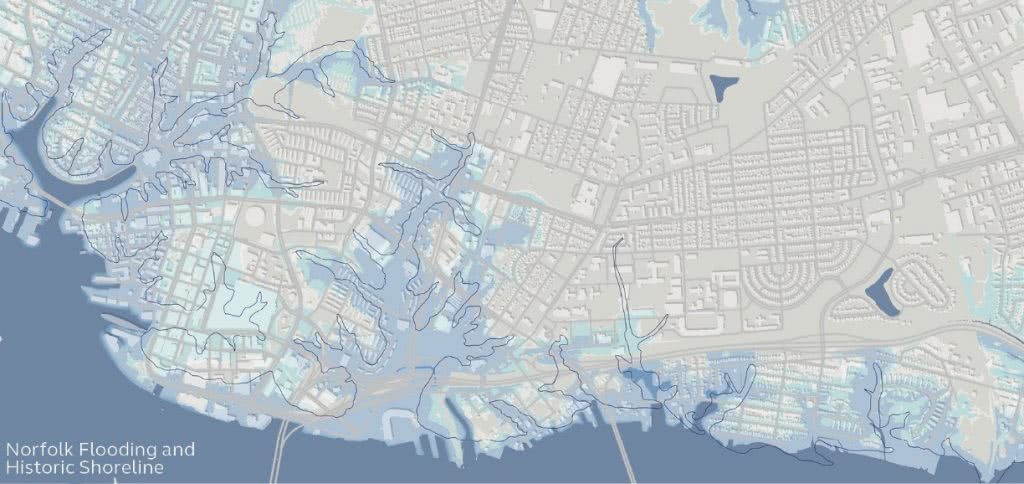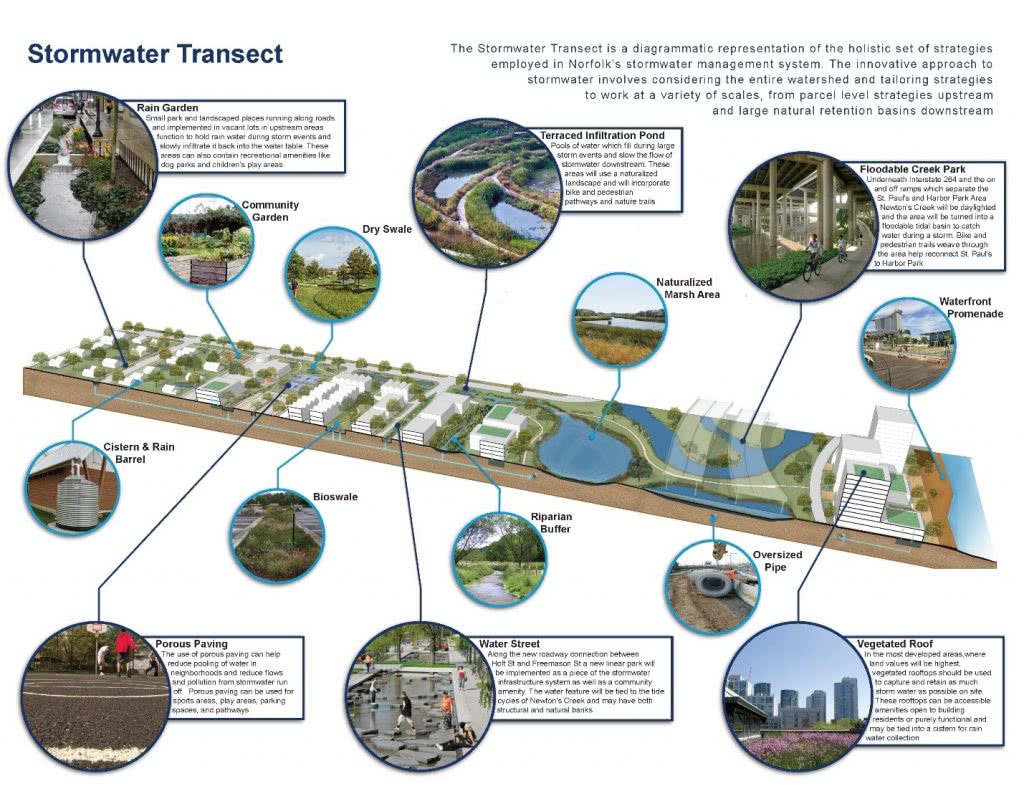
Bend, Don’t Break: Designing for Regenerative Resilience
Another summer is upon us, and as we head into the hottest and longest days of the year, many of us will do everything we can to get out on the water to try and cool off. Growing up in Annapolis, this meant sitting on the public dock, dangling chicken necks in the water and trying to catch crabs.
Yet for waterside cities and towns around the world, the water signifies so much more than seasonal recreation; for many residents, their jobs and their livelihoods are tied to the water. In places like Annapolis, the city’s very identity is tied to the water surrounding it. Life revolves around the water; it shapes the culture and the lifestyles of the people who live there.
Unfortunately, many communities are seeing their waterfront way of life grow increasingly vulnerable as a changing climate adds new strains to the daily routine. In Annapolis specifically, the number of “sunny day flooding” incidents—when water at high tide inundates portions of downtown without the aid of a single drop of rain—have risen sharply from less than ten a year in 1970 to more than 40 in 2015. As mean sea level has risen almost a foot since 1950, it isn’t just the frequency, but the intensity of these events that has worsened.
According to NASA, a third of the world’s population—nearly two and a half billion people—live within 100 kilometers of an oceanic coast. Many more live in flood-prone river valleys and deltas. These towns and cities are our homes, and inextricably tied to our history and our identity, in the face of a changing climate, protecting them is a challenge we must all embrace.
Fortunately, a growing number of cities have taken up the call to action. The Rockefeller Foundation’s 100 Resilient Cities initiative is promoting research into innovative strategies to help mitigate the worst impacts of climate change with the hope of creating new role models for the rest of the world.
THE CHALLENGE IN NORFOLK

In Norfolk, Virginia, residents are already experiencing some of the devastating effects of climate change. Parts of the city are regularly flooded as the Elizabeth River rises above the bulkheads and flows into the streets, causing damage to local businesses and homes, severing connections to the rest of the city, isolating entire neighborhoods and leaving residents stranded.
Our studio recently worked on a resilience plan for Norfolk rooted in the idea of “living with the water” rather than trying to fight against it. The city sits in a precarious landscape where much of what appears to be solid ground was once a vast interconnected marsh, with spits of dry land occurring only intermittently. Today, the worst flooding occurs in areas where the marsh was filled, obstructing rainwater’s natural infiltration into the soil and preventing it from slowly washing back into the tidal system. Instead, water collects and pools in the streets of local neighborhoods and in building basements. And in Norfolk, as is often the case, the communities most afflicted are the ones least equipped to cope.
THE WHOLE WATERSHED
St. Paul’s, which contains a large portion of the city’s subsidized housing, is one such neighborhood. Located in what was once a marshy tidal estuary known as Newton’s Creek, the residents here face the daunting reality of watching the water rise around them as the ground below them sinks.
Rather than fight a losing battle to protect a stock of aging, dilapidated housing already in need of restoration and replacement, we developed a plan to restore the area’s natural hydrology to not only mitigate the flooding in this neighborhood but to improve the conditions downstream. This allows the city to leverage available resiliency funding to encourage private development of new, mixed-income residential units, modernize its subsidized housing stock and make much-needed improvements to community open space.
In short, we took a holistic approach: examining the entire watershed rather than the specific areas where flooding occurs. Approaching the challenge this way allowed us to design a system that relies more on natural processes than mechanical ones. The traditional “stormwater management” tools are introduced to the city disguised as “open space amenities”—in other words, residents see the city building new parks, wetlands and bike paths instead of retention ponds and pumping stations.
Our approach, dubbed the “Stormwater Transect,” assigned each step down the watershed a different role in rainwater management and supporting the community. At the upstream end of the watershed, the River Star Homes program distributes subsidies to homeowners for implementing raingardens and cisterns on their own properties. This improves the stormwater retention capacity of individual lots while helping residents understand their role in the system and encouraging them to accept a personal stake in their city’s future. Downstream, the system assumes the form of naturalized marshes capable of holding great quantities of stormwater while also supporting wildlife habitats and nature walks.
This innovative strategy led to $120 billion in Housing and Urban Development funding for Norfolk to begin implementing their resilience plan over the next two years.

The city of Norfolk is committed to using the natural features of its landscape to its advantage, providing a stellar example of true resilience—when a system is designed to bend but not break; to withstand a shock without losing its ability to function. Integrating nature back into our urban environments is the best way to deal with an uncertain future without losing what drew us to these places to begin with. Just as we have allowed nature to shape our cultures and identities, so must we let it shape our cities.
